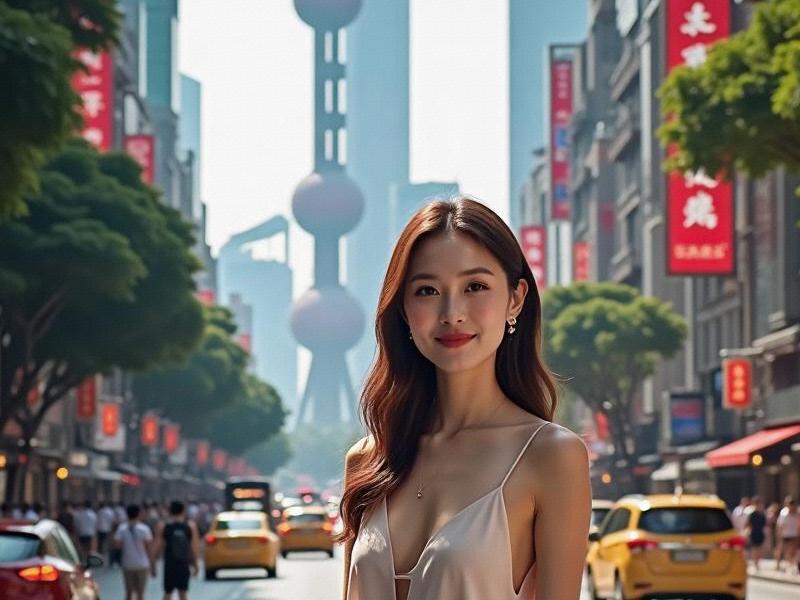The Dual Pulse of Shanghai: Where Colonial Shadows Dance with Digital Light
⏱ 2025-06-10 00:11 🔖 上海龙凤419
📢0℃

Section 1: The Bund's Quantum Leap
The Huangpu River's western bank presents a living timeline:
- 1934: The Sassoon House (now Peace Hotel) introduces Art Deco to Asia
- 2025: Its restored ballroom hosts quantum computing summits beneath original stained glass
- The "Digital Bund" project uses LiDAR scans to crteeamillimeter-accurate 3D models of all 52 heritage buildings
Silicon Alley: Pudong's Vertical Revolution
Shanghai's eastern financial district redefines urban density:
- Shanghai Tower's wind-adaptive design reduces structural sway by 24%
上海贵族宝贝自荐419 - The "Stacked Park" system creates 47 acres of vertical green space
- Autonomous vehicle tunnels connect all major towers below ground
Section 2: The Memory Keepers
Cultural preservation takes innovative forms:
- Blockchain-certified artisans restore Shikumen lane houses
- AI algorithms recrteealost 1930s jazz recordings using period instruments
- The "Heritage AR" app overlays historical footage at 8,000+ locations
上海品茶论坛
Green Metropolis Paradox
Environmental initiatives with Chinese characteristics:
- The 100km "Green Necklace" park system absorbs 12,000 tons of CO2 annually
- Chongming Island's experimental eco-city runs on tidal and hydrogen power
- Yet the city still consumes 23% of China's imported seafood
Section 3: The Soft Power Engine
上海贵族宝贝sh1314 Shanghai's cultural exports reshape global perceptions:
- Contemporary art galleries outnumber those in Paris' Marais district
- The "China Chic" movement blends qipao silhouettes with streetwear
- E-sports arenas host tournaments with stadium-sized holograms
Conclusion: The Shanghai Equilibrium
Urban planner Dr. Zhou Min summarizes: "We're not choosing between past and future - we're building the machinery that lets them converse." From silk-weaving algorithms to carbon-neutral skyscrapers, Shanghai continues writing its unique urban manifesto.
Shanghai's Quantum-Financial Nexus: Where Bund Architecture Fuels Hyperspace EconomicsShanghai Life: From Street Art to Skyline ArchitectureShanghai's Nightlife Renaissance: How Entertainment Clubs Drive the City's After-Dark EconomyShanghai and Beyond: The Economic Powerhouse Reshaping the Yangtze DeltaShanghai After Dark: How the City's Entertainment Clubs Are Redefining Global Nightlife StandardsShanghai’s Velvet Renaissance: Where Imperial Elegance Meets AI-Driven NightlifeShanghai Beauties: The Shining Icons of the CityKeywords: Shanghai, Beauties, City Icon, Fashion, Culture, GlamourDescription:This article delves intoThe Shanghai Financial Revolution: How China's Economic Powerhouse is Redefining Global FinanceShanghai Style Revolution: How Local Women Are Redefining Global Beauty Standards【倾城之变】从月份牌到陆家嘴:上海女性的百年形象演进史

